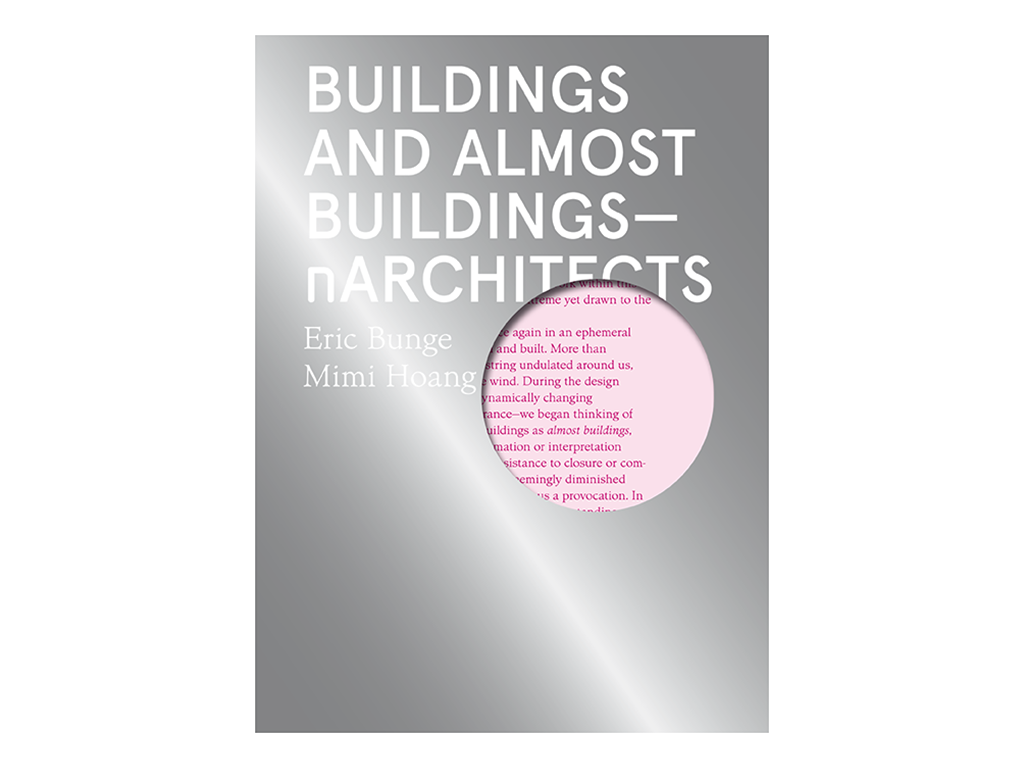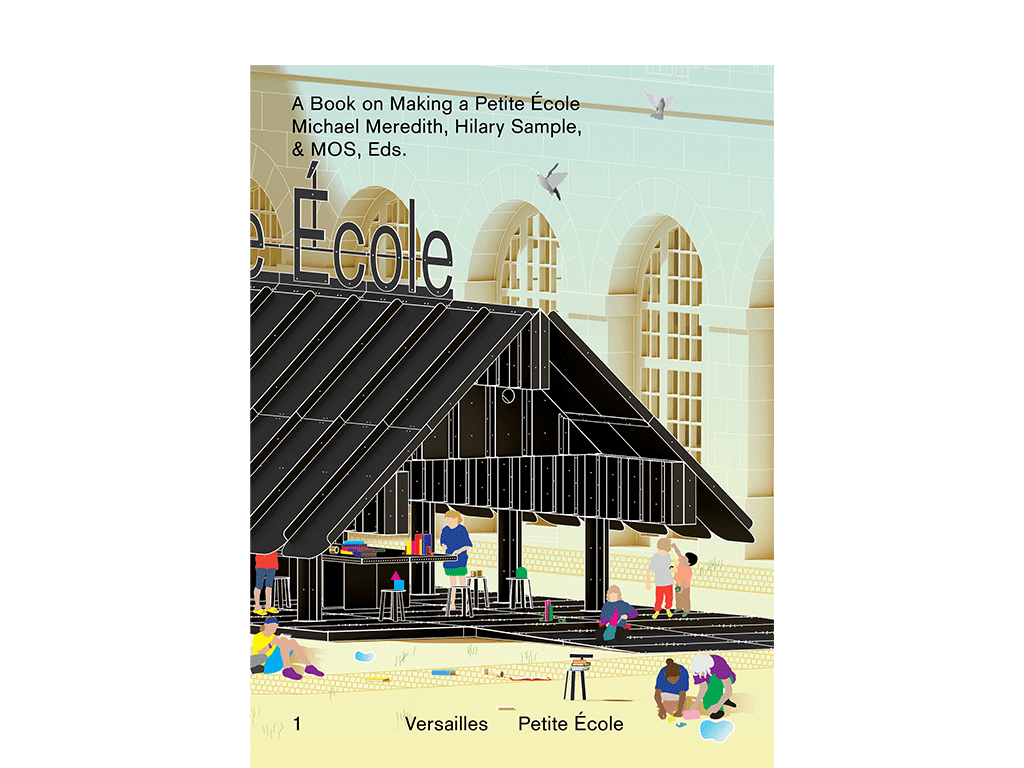The limitations, benefits, and challenges of updating public space can be tested through temporary interventions. Recycled materials, natural air purifiers, and inflatable structures are some of the strategies that designers use to set up itinerant atmospheres that can create community and alternative engagement. As the speed of change keeps increasing, ephemeral spaces are the perfect terrain for exploring new materials, spatial configurations, construction techniques, and user experiences.
- Unspoiled Landscape
- Out of Wood
- Dystopian
- Waterfront
- Urban Agriculture
- Physiological Design
- [Re] Generative
- Biophilic Design
- Urban Mobility
- Vegetated envelopes
- Entropic urbanization
- Post-extractive practices
- Datascapes
- Urban Metabolism
- Posthuman
- Advanced Urbanism
- Empowering Women
- Inhabiting Landscape
- Meteorological Urbanism
- Constructing Timber
- Educational Habitats
- Urban Greening
- Textile Architecture
- Self-Sufficiency
- Socio-Ecological Design
- Modular Design
- Vernacular Design
- Negotiating Borders
- Transport Connections
- Unhoused
- Walkable Cities
- Ephemeral Architecture
- Designing for Risk
- Adaptive Reuse
- Algorithmic Design
- Building with Earth
- Dealing with Nature
- Social Inclusion
- Passive Design
- Urban Catalysts
- Geographies of Extraction
- Building Living Systems
- Affordable Housing
- Indigenous Practices
- Healthy City
- Degrowth
- Cycling Infrastructure
- Thermodynamic Systems
- Kinetic City
- Multiscale Approach
- Recycling & Upcycling
- Food Production
- Construction Ecology
- Ecologies of the Envelope
- Green Transition
- Heat Emergency
- Megablock Urbanism
- New Working Habits
- Addressing Vacancy
- Collective Housing
- On Site Robotics
- Co-living
- The 15-Minute City
- Biotech Architecture
- Out of Wood empreses
- Emergency Housing
- Smart City
- Soft Infrastructures
- Sourcing Locally
- Lightweight Envelopes
- Emergent Material Ecologies
- Extraterrestrial
- Alternative Domesticity
- Optimized Construction
- Operative Mapping
- Mute Icons
- Post-pandemic Design
- Waste Management
- Designing in Extreme Environments
- Sea Level Rise
- Performative Envelopes
- Architecture and Gender
- Inclusionary & Exclusionary Space
- Agency in Architecture
- Biomimetic Architecture
- Micro Living
- Disassembly Strategies
- De-carbonization
- Racial Justice


